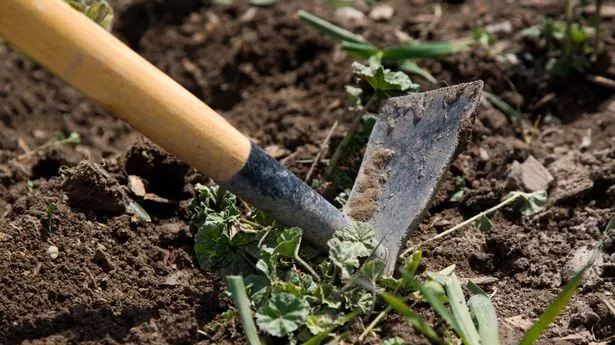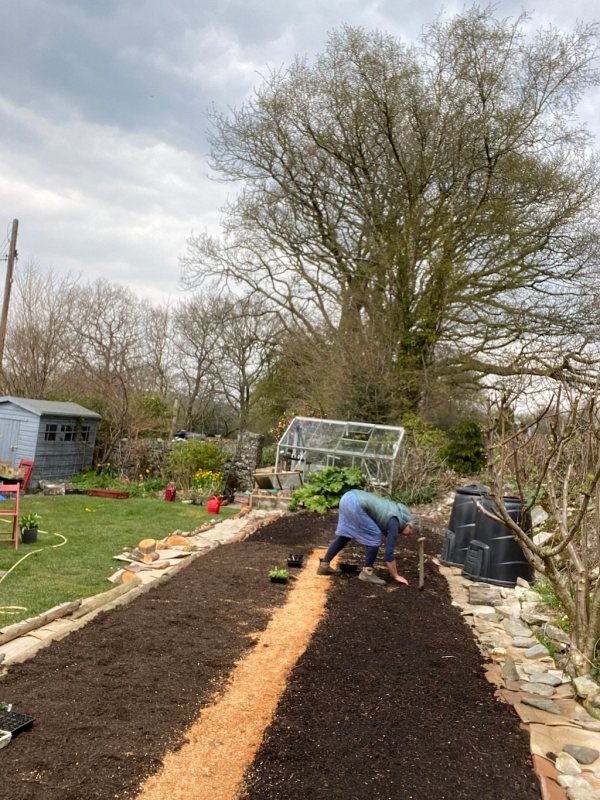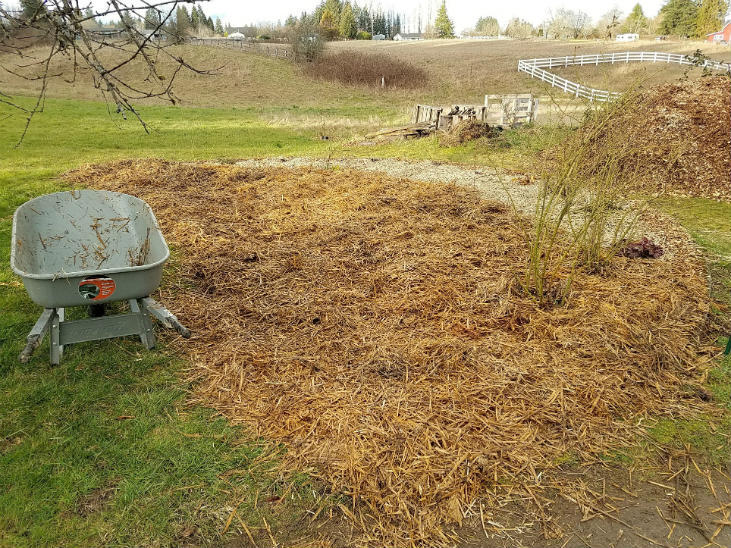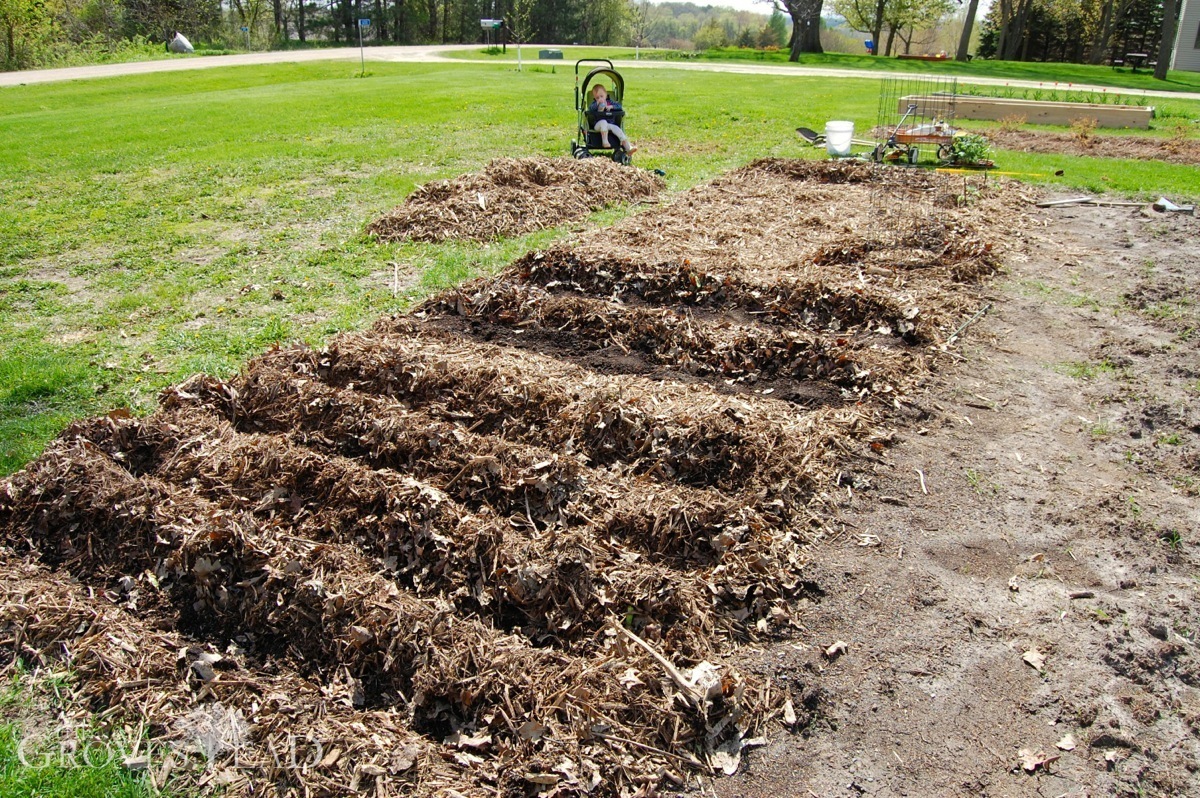The traditional approach to gardening involves digging the soil to prepare it for planting. But have you ever wondered if this practice is truly necessary? After all, nature doesn’t use a spade. As more gardeners adopt the “no-till” or “no-dig” method, it’s becoming clear that this approach is not only easier but also better for your soil and plants.
The Problem with Digging
Digging may seem like an essential gardening task, but it’s more disruptive than beneficial. Many gardeners believe that turning the soil helps to mix in organic matter, creating loose soil for better planting. However, every time we dig, we disturb the ecosystem of microorganisms and soil organisms that live beneath the surface. These include beneficial bacteria, fungi, earthworms, and ground beetles, all of which play a vital role in maintaining healthy, fertile soil. Constant digging disrupts this delicate balance and slows down natural processes that are crucial for soil health.

Moreover, digging is physically demanding, especially double-digging, which involves turning the soil to a depth of two spade blades. This method is not only tiring but also tough on your back. So, why not leave the soil undisturbed and let nature take care of itself?
Creating No-Till Beds
Contrary to what you may think, creating a new garden bed doesn’t require digging. The process is simple and far less labor-intensive. Start by removing any large rocks and debris from the area. Mow or cut back any weeds to the ground level, and then cover the surface with a thick layer of well-rotted organic matter, such as compost or manure. This layer, at least four inches (10 cm) deep, will block light from reaching weeds beneath and provide a rich, nutrient-dense medium for plant roots to grow into.
After a few months, the organic matter will break down, and earthworms will work their magic by incorporating the nutrients into the soil. If weeds are a concern, you can also lay down cardboard before adding the organic matter. This will smother the weeds, and wetting the cardboard will help it break down. As the growing season progresses, any remaining weeds will be easier to remove.

Use Cardboard for Pathways
For pathways between garden beds, you can also use cardboard. Lay it down with overlapping edges to prevent weed growth. Later, cover the cardboard with bark chips or another material to create durable, clean walkways.
Mimicking Nature with Mulch
A key principle of no-till gardening is using mulch to feed the soil naturally. Inspired by the “Back to Eden” method popularized by organic gardener Paul Gautschi, this technique uses materials like wood chips to mimic nature’s own recycling process. To start a bed, cover the cleared ground with paper or cardboard, add four inches (10 cm) of compost, and then top it off with a layer of wood chips, about two inches (5 cm) deep. The mulch serves several functions: it prevents evaporation, suppresses weeds, and feeds the soil as it decomposes. Over time, the mulch decomposes into the soil, enriching it without the need for additional fertilizers.

You can also use alternative mulching materials, such as leaf mold, hay, or straw. The important thing is that the mulch layer is thick enough to protect the soil and promote nutrient cycling.
Benefits of No-Till Gardening
No-till gardening is perfect for small spaces, including urban gardens. Keep your beds no wider than four feet (1.2 meters) so you never have to step on the soil, which helps prevent soil compaction. Raised beds aren’t strictly necessary, but they do help contain the extra organic matter as it builds up over time.
As the mulch layers accumulate, weeds become less of a problem. They are smothered by the mulch, and since you’re not digging, any weed seeds that remain in the soil aren’t brought to the surface to germinate. This significantly reduces the time and effort spent on weeding.
The Takeaway
No-till gardening offers a simpler, more sustainable way to grow. It’s better for your back, kinder to the soil, and creates a more resilient ecosystem in your garden. Plus, it saves time! If you’ve already switched to no-till gardening, we’d love to hear your experience. What methods do you use, and what benefits have you noticed in your garden? Share your thoughts with us in the comments below.
